Agricultural Economy
The agricultural sector is essential for rural economic growth, food security, job creation, and poverty reduction. It contributes 19.2 percent to Pakistan's GDP and employs around 38.5 percent of the labor force. More than 65–70 percent of the population is economically dependent on agriculture. The agricultural growth rate has been hampered by declining arable land, climate change, water limitations, and massive rural-to-urban migration of both people and labor. Increasing agricultural productivity necessitates the adoption of novel strategies. It may play a crucial role in promoting economic growth with robust forward and backward links to the industrial and services sectors. However, this industry has remained vulnerable to several obstacles, including climate change, temperature variation, water scarcity, changes in the pattern of precipitation, and a rise in input costs (Pakistan Economic Survey 2020–21). The CEPD proposes agriculture policy reforms to increase crop yields, access to capital, supply of subsidies, capacity building of farmers, and the transfer of agricultural technologies.

